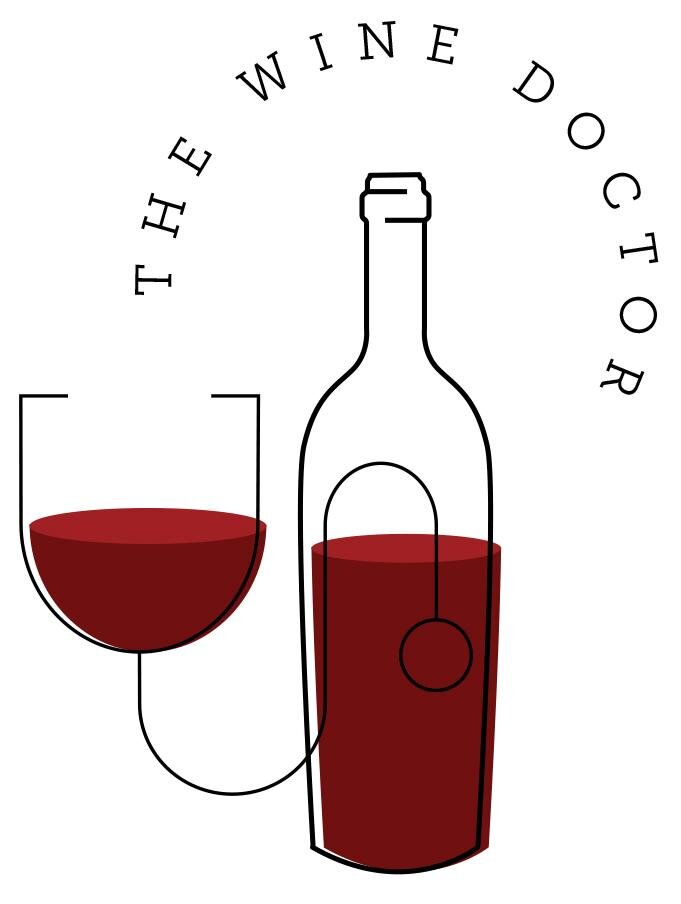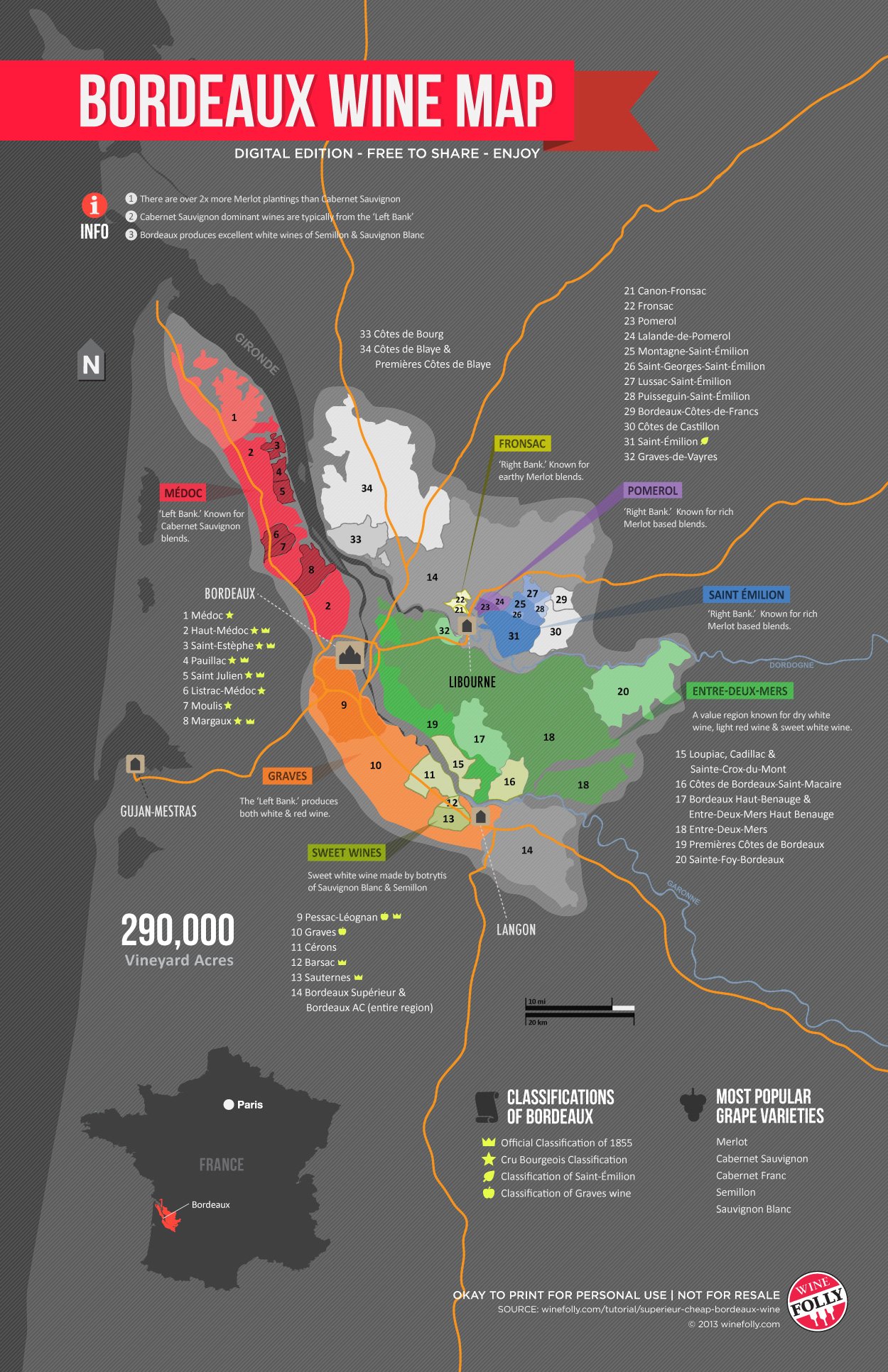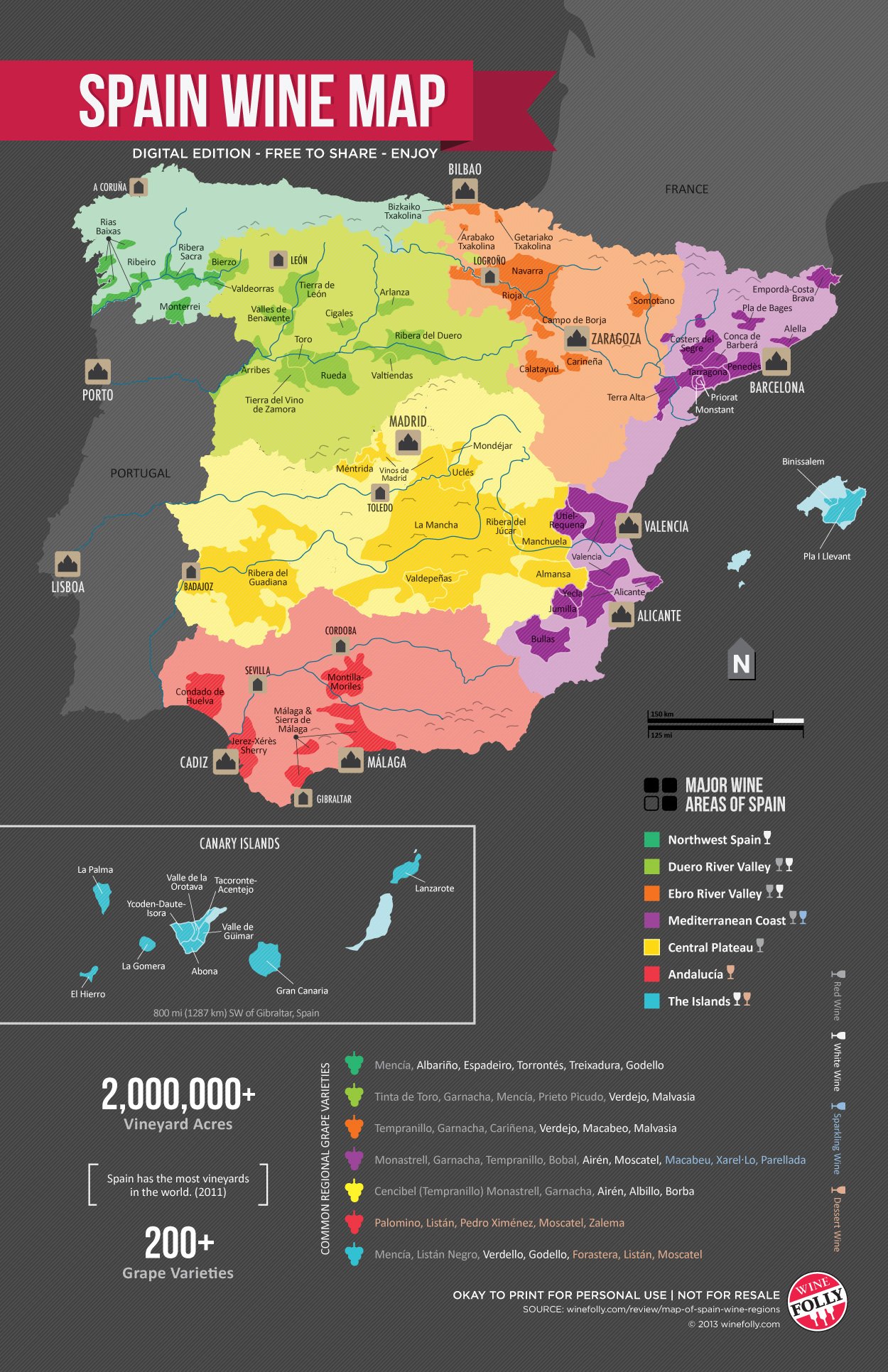Let’s Make a Deal
I know, where have I been? Sorry. As Ferris Bueller said, “life moves pretty fast…”
Remember that old TV game show Let’s Make a Deal? I’m thinking back to the original with Monty Hall, Carol Merrill and Jay Stewart, but I digress... Anyway, on the show the guest was often faced with giving up cash for an unknown item concealed behind a box or curtain. Sometimes it resulted in a good trade, sometimes not.
“Should I buy this one”? That’s how many people can feel when looking at wine bottles on a retailer’s shelf. You can read a label and have little to no idea what’s inside. Might as well be a box or a curtain… To try and help you with some of those Let’s Make a Deal moments, I thought a little “Label 101” might be in order. Also gives you a change-up from my usual format.
In the interest of helping where it is needed most, I will focus on Old World wine labels. New World labels are generally easy to understand: they are entirely in English! They also give you the grape varietal right up front, taking a lot of guesswork off the table. Old World, well, that’s a whole different language (literally).
There are three basic concepts you need to become familiar with when reading an Old World wine label: Region; Quality; Aging. Of these, Region is the most complex. To keep it (relatively) simple, I will hit just a few of the more popular Old World wines you are likely to encounter.
Regional labeling is common in European countries. The region will be prominently located on the front label. What is often not on the label? The grape(s)! They just expect you to know!
Let’s start in France with arguably the most famous of wine regions, Bordeaux:
Thanks as always to Wine Folly and Madeline Puckett, maker of the best wine maps anywhere. Let’s take a look at a Bordeaux from my cellar:
This is a classic Bordeaux label. From top to bottom:
Grand Vin means it is the winery’s “first label” or best wine they produce. Many Bordeaux producers have “second” and sometimes even “third” labels, hitting different price points.
Chateau du Moulin: The winery of course, but you knew that.
Haut-Medoc: Ok, here is the Region! Look on the map. The Haut-Medoc is that large area around the red-colored #2. This is the so-called “Left Bank” of Bordeaux, where Cabernet Sauvignon dominates. Remember though, Bordeauxs are blends (see back label below).
Mis en Bouteille au Chateau means bottled at the winery. In the US, they use the term “Estate”.
J Sanfins Propriétaire is the owner. In this case, Jose Sanfins is a well-known winemaker for several estates in Bordeaux.
That wasn’t so hard, was it? The key is knowing that Left Bank Bordeaux is Cabernet Sauvignon country. But what if you didn’t know this? Here the back label bailed you out:
One more tip, this time regarding Quality. In the upper part of the back label you see the words “Appellation Haut Medoc Control”. This relates to the broader classification system across France generally referred to as Appellation d’Origine Controlee, or “AOC”. Don’t go there; we’re talking wine, not politics.
This top tier classification specifies everything from geographic area, the grapes allowed to be used in the wine, the quality of those grapes and how the vineyards are planted, as well as winemaking and aging processes. There are over 300 appellations in France designated as AOC. Lower tiers, with looser standards, are IGP (sometimes called Vin de Pays), and below that Vin de France.
Because many of you like French wine, here are a few more region/grape pairings to remember: Burgundy (red)=Pinot Noir; Burgundy/Chablis (white)=Chardonnay; Sancerre/Pouilly Fume=Sauvignon Blanc; Beaujolais=Gamay; Vouvray=Chenin Blanc.
Next stop: Spain!
From the Doc’s cellar, a Rioja:
Hmmm…a minimalist style. Let’s see what we’ve got:
Izadi. What’s that? Very simply, the name of the winery (Bodegas Izadi). On their website, it says Izadi means “nature”.
Seleccion is the name of the wine. Meaning “selection”, the name refers to the choice of grapes from only the best vineyard parcels.
Rioja. Here we go - Region! Remember, Old World wines are generally referred to by their region. So Rioja is a place, not a grape. Look at the map. Rioja is in that orange area in northern Spain. The predominate grape in the region is what Spanish red wine is best known for: Tempranillo. Think of it as Spain’s Cabernet Sauvignon. Outside of Rioja it can go by some other names, like Tinta de Toro.
Denominación de Origen Calificada. This refers to Spain’s quality classification, just as we saw in France. This designation, abbreviated DOCa or sometimes DOQ, is reserved for just two regions: Rioja and Priorat, southwest of Barcelona. Below them in the hierarchy, you will find “DO” (almost 80 regions) and then “IGP”.
Any help on the back? Not really, with one important exception:
Unlike the Bordeaux, no sign of the grape or grapes. If you are considering a Rioja (and you should, they are excellent red wines that punch above their weight), just remember that you are going to be drinking Tempranillo.
That one important tip? Look at the bottom of the label. See the word “Reserva”? This is an Aging classification. It will help set your taste expectations (longer = richer). Spain has a detailed system to categorize how long the wine has aged before release. Red Reservas must age a total of 3 years, with at least 12 months in barrel. The other tier you will often see, just below Reserva in the hierarchy, is “Crianza”. Crianzas must have 2 years of total aging. If you want to splurge, look for a “Gran Reserva”, which must age 5 years before leaving the winery! Imagine waiting that long to sell something it took you a whole year to make…
Last stop, Italy!
Check this label out! A dead soldier from my cellar. Brunello di Montalcino.
Intriguing or intimidating? Probably both!
Terra Rossa is the name given to this wine by the winemaker, Rodolfo Cosimi (he’s on the back label)
Montalcino is the region. Montalcino (“maan-tuhl-chee-no”) is located in Tuscany. Check the map: it is about 70 miles southwest of Florence.
Brunello di Montalcino. Here is an example of Italy not quite following the typical Old World regional labeling. Brunello is the name of the grape. Actually, the grape is Sangiovese, the same used in that other famous Tuscan red wine, Chianti. Brunello is a particular clone of Sangiovese, and was given its own name in this part of Tuscany. The label then is telling you this is Brunello (Sangiovese), from Montalcino. And how ‘bout that individual bottle number?
By now you should be getting the hang of aging classifications. Italy has one too. Denominazione di Origine Controllata e Garantita. That’s a mouthful. Let’s just say “DOCG”. This is Italy’s highest quality standard designation, with over 70 regions achieving this top tier. Notice the band around neck of the bottle. You can just make out the last three letters of DOCG. These neck bands provide a quick reference point as you look at Italian wine bottles on the store shelf. Below DOCG comes DOC (over 300 regions) and below that IGP or IGT. Note: besides good value table wines, you will find IGP/IGT on wines that use non-Italian grapes. The most recognizable example of this designation are the so-called “Super Tuscans”, which use Merlot, Cabernet Sauvignon, etc, often in blends with Sangiovese.
I better stop here; congrats if you made it this far! We are just scratching the surface but hopefully I have demystified Old World labels a little bit. So much to learn, but that’s part of the fun!
Old World labels don’t make it easy, but as you become more familiar with the grapes that grow in a particular region, and their quality & aging classifications, you can more confidently “go for what’s behind the curtain”!
Until next time,
Cheers!








